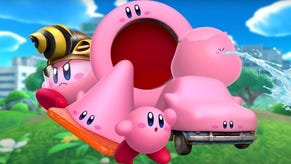Kirby and the Forgotten Land: The long, complicated road to Kirby's first full 3D game
As everyone's favourite sentient pink blob (finally) takes the leap into full, proper 3D, we investigate the difficult journey Kirby has been on in order to get here.
2022 is shaping up to be a banner year for the Kirby franchise. Not only is it celebrating the 30th anniversary of one of the best-selling Game Boy games of all time, but the series is also debuting its first fully 3D mainline game, Kirby and the Forgotten Land.
Needless to say, a series that has been around for three decades going 3D for the first time is kind of a big deal. As a Kirby fan since the very first game, I’m not ashamed to say I squealed like Marx getting bisected at the end of Kirby Superstar Ultra when I finally saw my precious pink boy moving around a beautiful 3D, HD space.
However, it's actually an even bigger deal when you take into consideration just how many years developer HAL Laboratory has wanted to bring Kirby into the third dimension. Kirby and the Forgotten Land is, in fact, the culmination of over 15 years of effort finally coming to fruition.
But that's not to say that the franchise hasn’t dabbled in 3D before. It’s no surprise to anyone that HAL Labs was ready to make the jump from 2D alongside all the other big Nintendo franchises back in the mid-90’s when Nintendo was prepping for the launch of the Nintendo 64. Their first game for the system was tentatively titled Kirby Bowl 64 and featured Kirby rolling around a 3D checkerboard landscape, occasionally hopping on a snowboard.
The game’s concept was gradually retooled into a project called Kirby’s Air Ride, featuring Kirby and many other familiar series characters racing against one another through colorful environments. As nice an idea as this was, the game didn't get quite the reception Nintendo wanted and was removed from the Nintendo 64 release schedule after what was, apparently, a very long (and very quiet) development period.
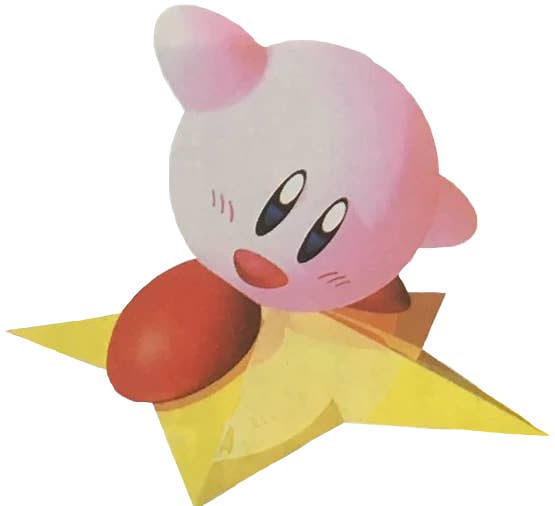
In its place would eventually come Kirby’s true Nintendo 64 debut: Kirby 64: The Crystal Shards. In a perplexing turn, this title went the safe route with a 2.5D style of gameplay instead of full 3D. Fans — or at least my kid self — couldn’t help but wonder why HAL Labs didn’t allow Kirby to take full advantage of what the Nintendo 64 was capable of. We wanted to see that globule of pink flesh from all angles! We wanted to see Kirby gobble something up in all three dimensions! Let him out of his 2D prison!
Even a generation shift would keep Kirby hemmed in; Nintendo’s next home console, the GameCube, once again offered little on the Kirby front. The one release it did see, though, was significant. Kirby’s Air Ride saw a triumphant resurrection as – wait for it – Kirby Air Ride. Just as it’s N64 version had set out to do, it had the distinct honor of featuring the first true 3D gameplay in the franchise.
"In Kirby Air Ride, there was a mode called City Trial which saw players racing around a large 3D city area on Air Ride Machines,” Kirby series general director Shinya Kumazaki stated in a 2014 interview with VG247. “It definitely showed off how well the combination of the Kirby style action and 3D environment works, so I think [a full 3D Kirby game is] certainly a possibility given how much Kirby is capable of!"
A possibility, sure, but one that wouldn’t be realized for years to come, despite HAL Lab’s best efforts.

Times were rough for the Kirby franchise during the GameCube era. While Kirby Air Ride was certainly an enjoyable side-title, a whopping 11 years would go by without a mainline Kirby console game. Sure, we got Kirby Canvas Curse and Kirby Squeak Squad, but those spin-offs didn't quite scratch the itch kids of all ages had for more Kirby content.
For years, fans never knew the story as to why, but the answers finally came to light several years ago during an Iwata Asks segment, in which Nintendo’s late former President – Satoru Iwata – would speak to developers from various franchises in extensive behind-the-scenes interviews. It was revealed that, immediately after completion of Kirby 64, HAL Labs experimented with a variety of different ideas for the next mainline game: a traditional 2D title, another 2D title stylized like a pop-up book... and yes, one that even featured full 3D Kirby gameplay.
However, no matter what the studio tried, none of the three experimental titles ever progressed to the point of full release. It was an entire decade of dead ends for the next big Kirby game. Speaking of the 3D title, Shigefumi Kawase (current president of HAL Labs) called it “an experiment with extremely challenging gameplay that placed Kirby in 3D space and allowed players to freely move around. But unfortunately, we weren't able to achieve the quality we hoped for and it never reached completion.” Later in the interview, he added, “We wanted to bring it out when the fans wanted, but the movement wouldn't feel right or we wanted to deliver more of a surprise to the fans, and we couldn't bring one out in final form. We experienced that difficulty for 11 years.”
Thus, when Kirby finally saw a return to home consoles in 2011’s Kirby’s Adventure Wii (known in the west as Kirby’s Return to Dream Land), they once again stuck to the 2D style that had worked so well for previous entries.
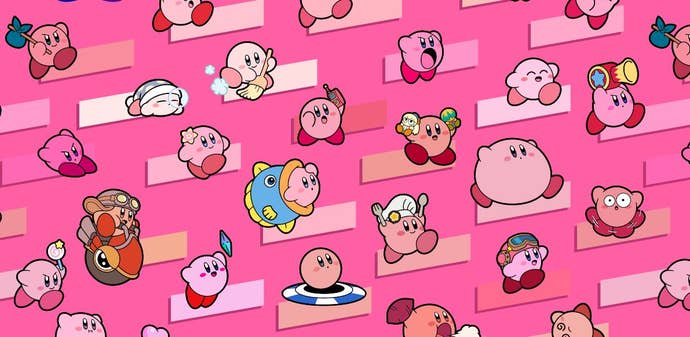
HAL Labs wasn’t about to give up, though. Kirby saw regular releases throughout the 2010’s, but the games all had a similar 2D style. However, these titles provided multiple opportunities to experiment with Kirby in 3D, in their own little ways, and find something that would finally click. The seeds were first planted in the appropriately-named Kirby 3D Rumble, a mini-game featured in 2016’s Kirby: Planet Robobot.
The game was simple enough—move Kirby around in 3D space, suck up enemies, and shoot ‘em at other enemies—but elegantly showcased how Kirby gameplay could properly be translated into 3D. Whether or not HAL Labs found the results of their newest experiment encouraging, who can say, but whatever the case, the concept proved popular enough to warrant a budget standalone release a year later: Kirby’s Blowout Blast, featuring larger levels and expanded gameplay.
Things were taken one step further in 2018’s Kirby Battle Royale, which answered the long-running question: "What if you had a bunch of Kirby’s beat the fluff out of each other with copy abilities in 3D?" Each of these experimental titles pushed the boundaries of what a Kirby game could be, but the big leap was still a few years off.
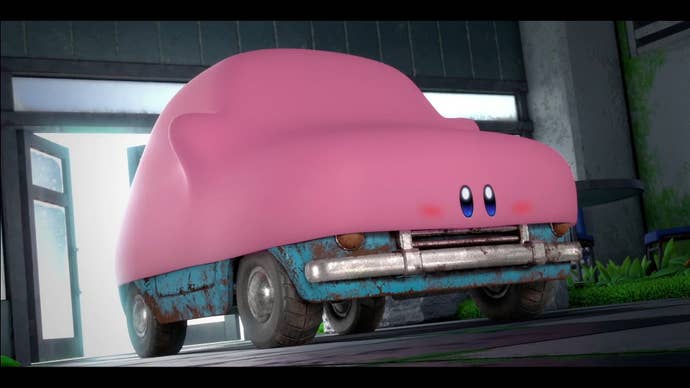
This naturally leads us to the present day, and the next logical step for the Kirby franchise. The announcement of Kirby and the Forgotten Land, long time coming through it is, was met with tremendous excitement by the video game community, excited to see Kirby’s first proper, full 3D adventure. Looking back at how far the series has come — and how much blood, sweat, and tears Hal Laboratories has shed — to reach this point makes the March 25 release all the more triumphant.
We just hope it ends up being a decent, satisfying mouthful and something to really get your teeth into – after all this time, it's what Kirby deserves.
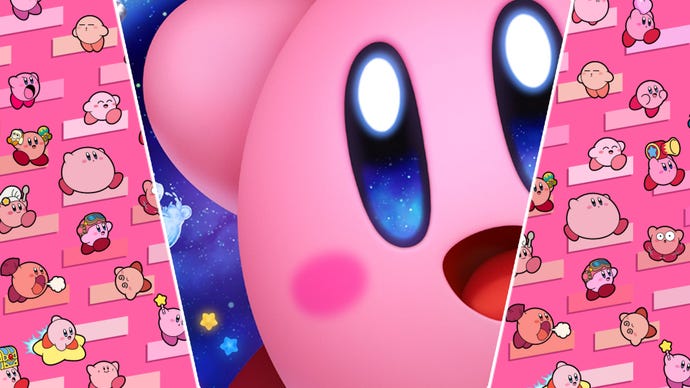

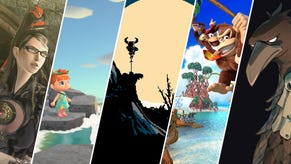
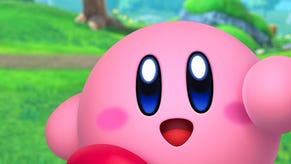
.jpg?width=291&height=164&fit=crop&quality=80&format=jpg&auto=webp)


